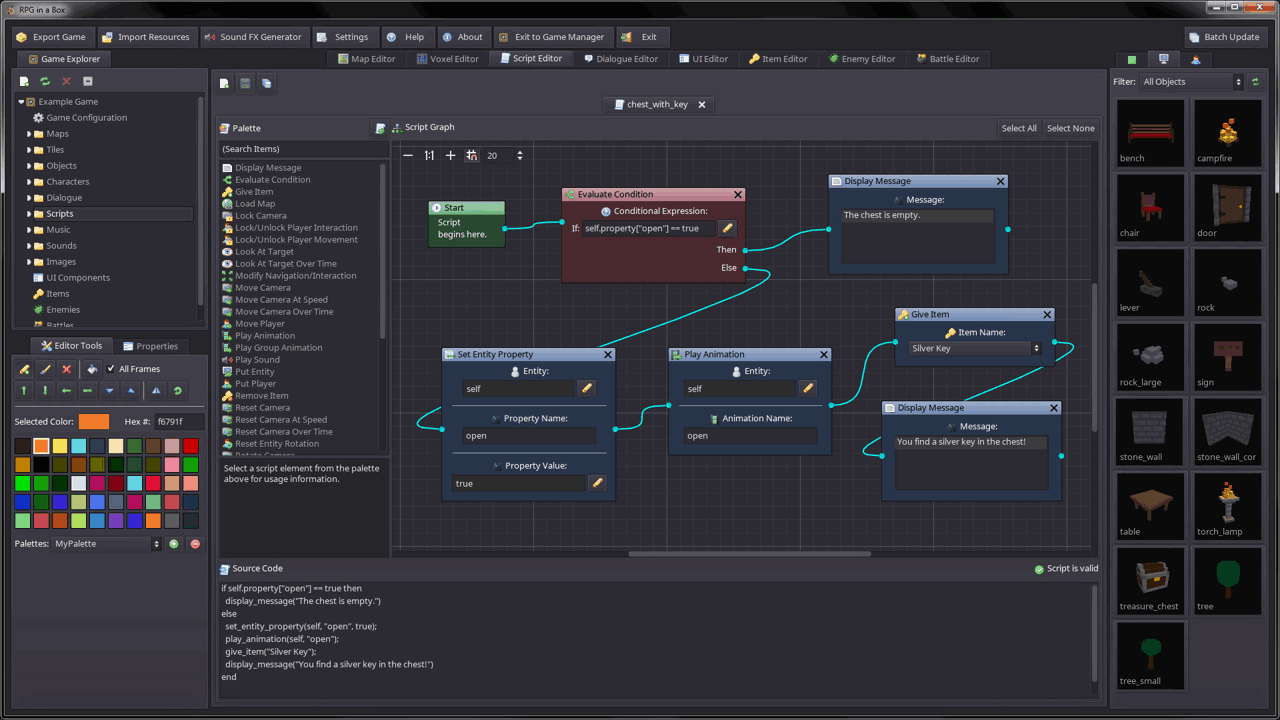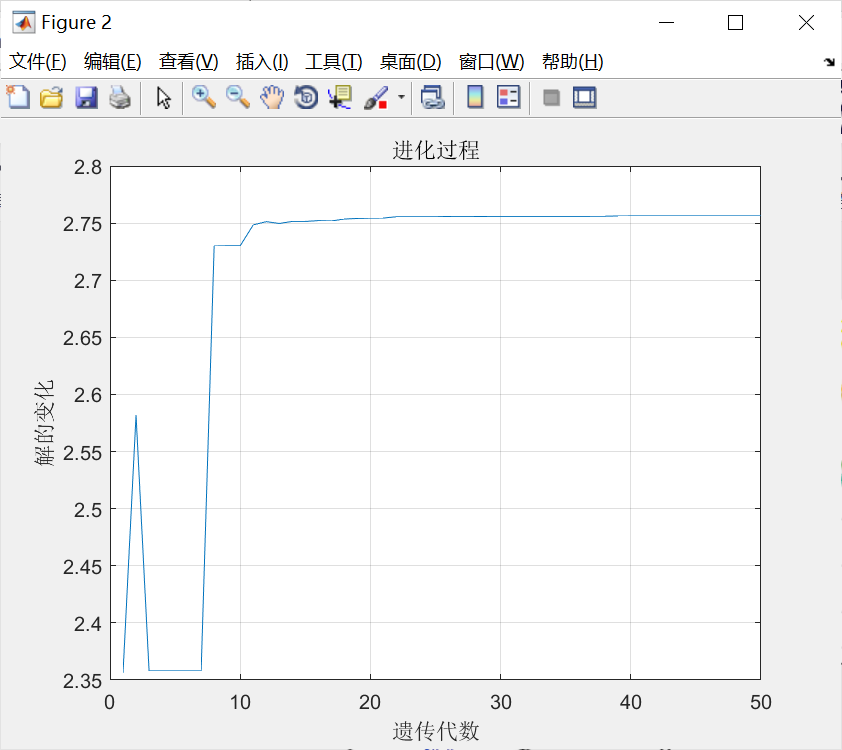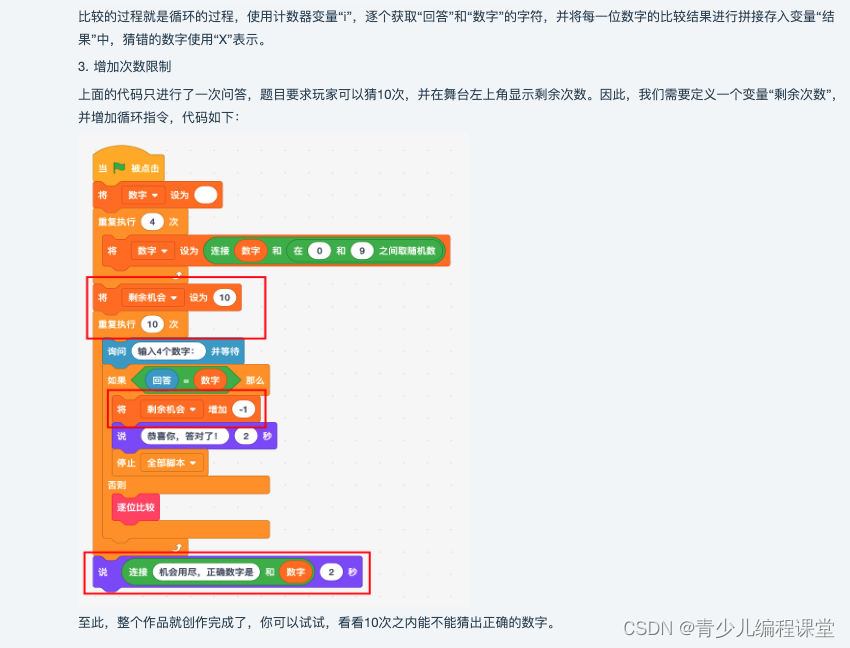目录
1介绍
2:约束演示(建表)
3:外键约束
4:外建行为
5:外建是否可以删除
6:多表查询
1介绍
1:概念:约束是作用于表中字段上的规则,用于限制存储在表中的数据。
2:目的:保证数据库中数据的正确、有效性和完整性。
3:分类:
| 约束 | 描述 | 关键字 |
| 非空约束 | 限制该字段的数据不能为null | not null |
| 唯一约束 | 保证该字段的所有数据都是唯一、不重复的 | unique |
| 主键约束 | 主键是一行数据的唯一标识,要求非空且唯一 | primary key |
| 默认约束 | 保存数据时,如果未指定该字段的值,则采用默认值 | default |
| 检查约束(8.0.16版本之后) | 保证字段值满足某一个条件 | check |
| 外键约束 | 用来让两张表的数据之间建立连接,保证数据的一致性和完整性 | foreign key |
| 自增 | auto_increment |
注意:约束是作用于表中字段上的,可以在创建表/修改表的时候添加约束
2:约束演示(建表)
1:先建立表结构
create table user_a(
id int primary key auto_increment comment"主键自增",
name varchar(10) not null unique comment "姓名",
age int check (age between 0 and 120 ) comment "年龄",
status char(1) default "1" comment"状态",
gender char(1) not null
) comment "用户表";

插入数据
insert into user (name, age, status, gender) values ('Tom1', 19, '1', '男'),('Tom2', 25, '0', '男');
insert into user(name,age,status,gender) values ('Tom3',19,'1','男');
insert into user(name,age,status,gender) values ('Tom3',19,'1','男');
insert into user(name,age,status,gender) values ('Tom4',80,'1','男');
insert into user(name,age,status,gender) values ('Tom5',-1,'1','男');
insert into user(name,age,gender) values ('Tom5',120,'男');
3:外键约束
概念:外键用来让两张表的数据之间建立连接,从而保证数据的一致性和完整性
写外建时不加行为(on update cascade on delete cascade) 父表的数据不能删除

注意:目前上述的两张表,在数据库层面,并未建立外键关联,所以是无法保证数据的一致性和完整性的。
语法:
--添加外建
create table 表名 (
字段名 数据类型,
........
[constraint] [文建名称] foreign key(外建字段名) references 主表 (主表列名)
);
alter table 表名 add constraint 外建名称 foreign key (外建字段名) references 主表 (主表列名);
-->删除外键
alter table 表名 drop foreign key 外键名称;
准备数据
--准备数据
create table dept(
id int auto_increment primary key comment 'ID' ,
name varchar(5) not null comment '部门名称'
) comment '部门表';
insert into dept (id,name) values (1,'研发部'),(2,'市场部'),(3,'财务部'),(4,'销售部'),(5,'总经办');
create table emp(
id int auto_increment comment 'ID' primary key,
name varchar(50) not null comment '姓名',
age int comment'年龄',
job varchar(20) comment'职位',
salary int comment'薪资',
entrydate date comment '入职时间',
managerid int comment '直属领导ID',
dept_id int comment '部门ID!'
)comment '员工表';
insert into emp (id, name, age, job, salary, entrydate, managerid, dept_id)
values (1, '金庸', 66, '总裁', 20000, '2000-01-01', null, 5),
(2, '张无忌', 20, '项目经理', 12500, '2005-12-05', 1, 1),
(3, '杨道', 33, '开发', 8400, '2000-11-03', 2, 1),
(4, '韦一笑', 48, '开发', 11000, '2002-02-05', 2, 1),
(5, '常巡春', 43, '开发', 10500, '2004-09-07', 3, 1),
(6, '小昭', 19, '程序员鼓励师', 6600, '2004-10-12', 2, 1);
现在只是逻辑上存在外建练习, 需要使用代码在数据库层面加上外建关系
建立外建关系:
--添加外建
alter table 表名(子表) add constraint 外建名称 foreign key (外建字段名) references 主表 (主表列名);
alter table emp add constraint fk_emp_dept_id foreign key (dept_id) references dept(id);
现在给子表已经添加上外建了 ,我们尝试删除父表中的数据, 因为父表中的数据于子表中的数据发生关联, 数据库这个时候是不允许我们删除父表中的数据的. 保证了数据的完整性与一致性

删除外建----删除外建后我们就可以删除父表中的数据了:
alter table emp drop foreign key fk_emp_dept_id;
4:外建行为
| 行为 | 说明 |
| no action | 当在父表中删除/更新对应记录时,首先检查该记录是否有对应外键,如果有则不允许删除/更新。(与 RESTRICT一致 |
| restrict | 当在父表中删除/更新对应记录时,首先检查该记录是否有对应外键,如果有则不允许删除/更新。(与 NO ACTION 一致) |
| cascade | 当在父表中删除/更新对应记录时,首先检查该记录是否有对应外键,如果有,则也删除/更新外键在子表中的记录。 |
| set null | 当在父表中删除对应记录时,首先检查该记录是否有对应外键,如果有则设置子表中该外键值为null(这就要求该外键允许取nul)。 |
| set default | 父表有变更时,子表将外键列设置成一个默认的值(Innodb不支持) |
写外建时加行为(on update cascade on delete cascade) 父表的数据可以删除
语法:
alter table 表名 add constraint 外键名称 foreign key (外键字段) references 主表名 (主表字段名) on update cascade on delete cascade;
--外键的删除和更新行为
alter table emp add constraint fk_emp_dept_id foreign key (dept_id) references dept(id) on update cascade on delete cascade ;
alter table emp add constraint fk_emp_dept_id foreign key (dept_id) references dept(id) on update set null on delete set null ;
5:外建是否可以删除
写外建时不加行为(on update cascade on delete cascade) 父表的数据不能删除;
写外建时加行为(on update cascade on delete cascade) 父表的数据可以删除.
6:多表查询
概述:
项目开发中,在进行数据库表结构设计时,会根据业务需求及业务模块之间的关系,分析并设计表结构,由于业务之间相互关联,所以各个表结构之间也存在着各种联系,基本上分为三种:
一对多(多对一), 多对多, 一对一
一对多(多对一)
案例: 部门与员工的关系V
关系:一个部门对应多个员工,一个员工对应一个部门
实现: 在多的一方建立外键,指向一的一方的主键

多对多
>案例: 学生与 课程的关系
>关系: 一个学生可以选修多门课程,一门课程也可以供多个学生选择
>实现: 建立第三张中间表,中间表至少包含两个外键,分别关联两方主键

数据准备:
--数据的准备
create table student (
id int auto_increment primary key comment '主键',
name varchar(10),
no varchar(10) comment'学号'
)comment '学生表';
insert into student values (null,'燃绮丝','280100101'),(null,'谢逊','2000100102'),(null,'假天正','2000100103'),(null,'韦-笑','20');
create table course(
id int auto_increment primary key ,
name varchar(10)
)comment '课程表';
insert into course values (null, 'Java'), (null, 'PHP'), (null , 'MySQL') , (null, 'Hadoop')
create table student_course(
id int auto_increment comment '主键' primary key,
studentid int not null comment'学生ID',
courseid int not null comment '课程ID',
constraint fk_courseid foreign key (courseid) references course (id),
constraint fk_studentid foreign key (studentid) references student (id)
)comment'学生课程中间表';
insert into student_course values (null,1,1),(null,1,2),(null,1,3),(null,2,2),(null,2,3),(null,3,4);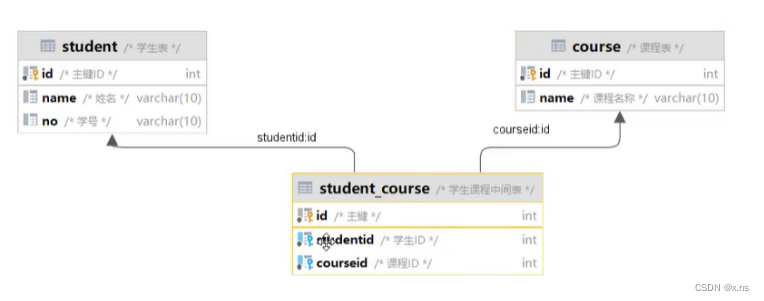
一对一
案例: 用户与用户详情的关系
关系:一对一关系,多用于单表拆分,将一张表的基础字段放在一张表中,其他详情字段放在另一张表中,以提升操作效率
实现: 在任意一方加入外键,关联另外一方的主键,并且设置

数据:
create table tb_user(
id int auto_increment primary key ,
name varchar(10) comment'姓名',
age int comment'年龄',
gender char(1) comment'1: 男 ,2: 女',
phone char(11) comment'手机号'
) comment'用户基本信息表';
create table tb_user_edu(
id int auto_increment primary key comment'主键ID',
degree varchar(20) ,
major varchar(50) comment '专业',
primaryschool varchar(5) comment'小学',
middleschool varchar(50) comment'中学',
university varchar(5) comment '大学',
userid int unique comment'用户ID',
constraint fk_userid foreign key (userid) references tb_user(id)
) comment '用户教育信息表';
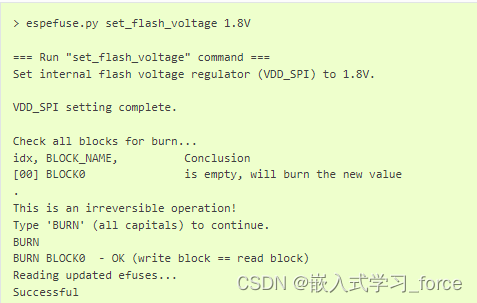

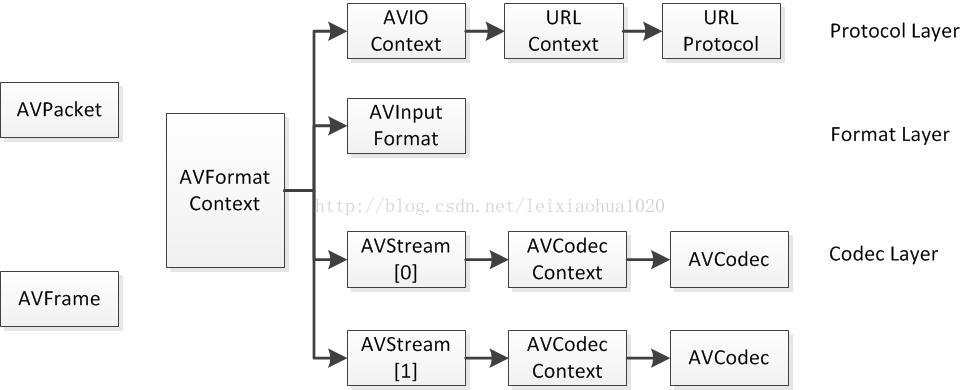

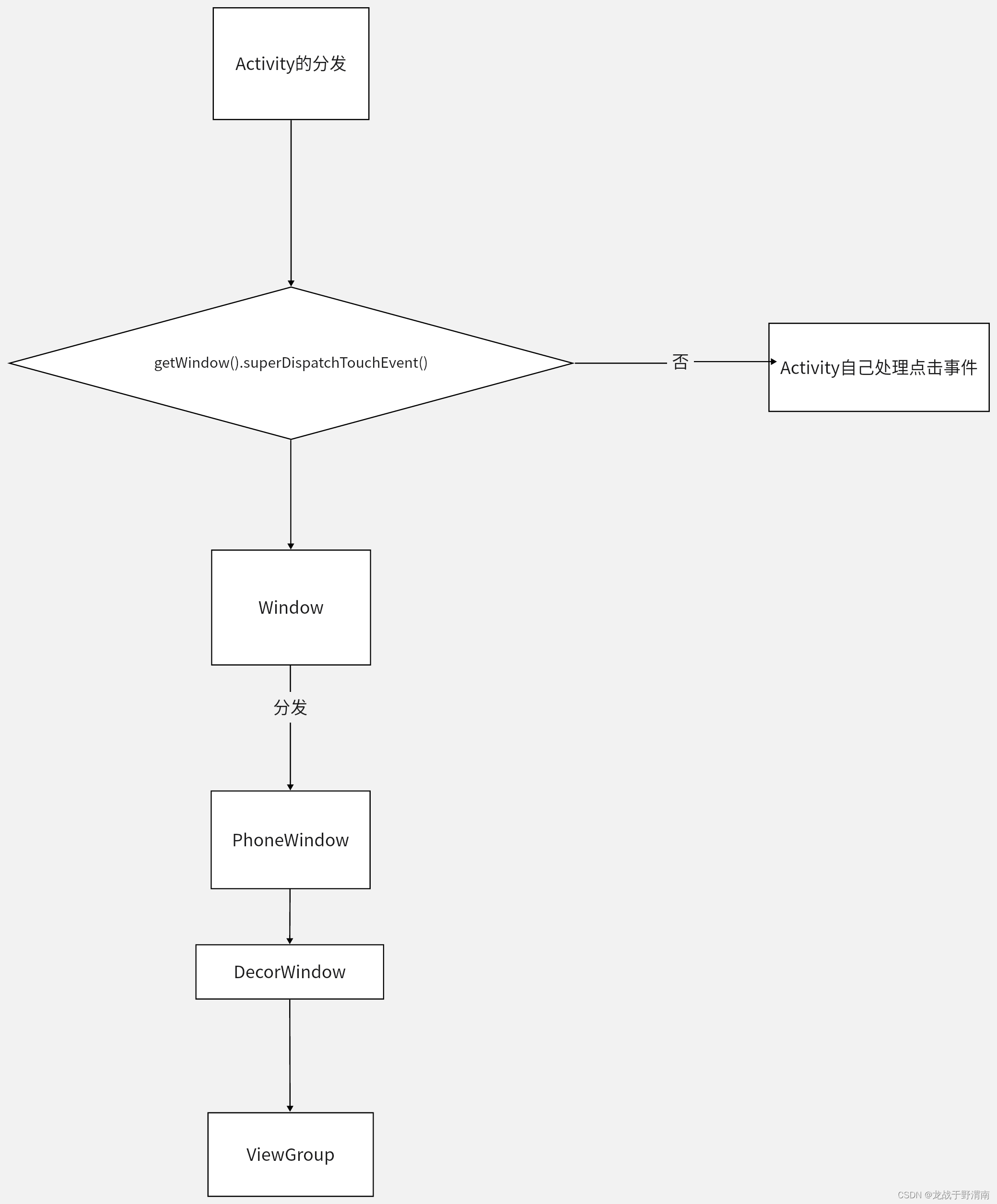


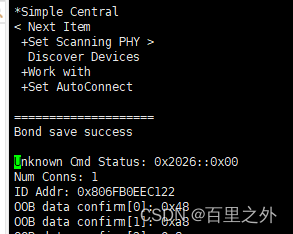


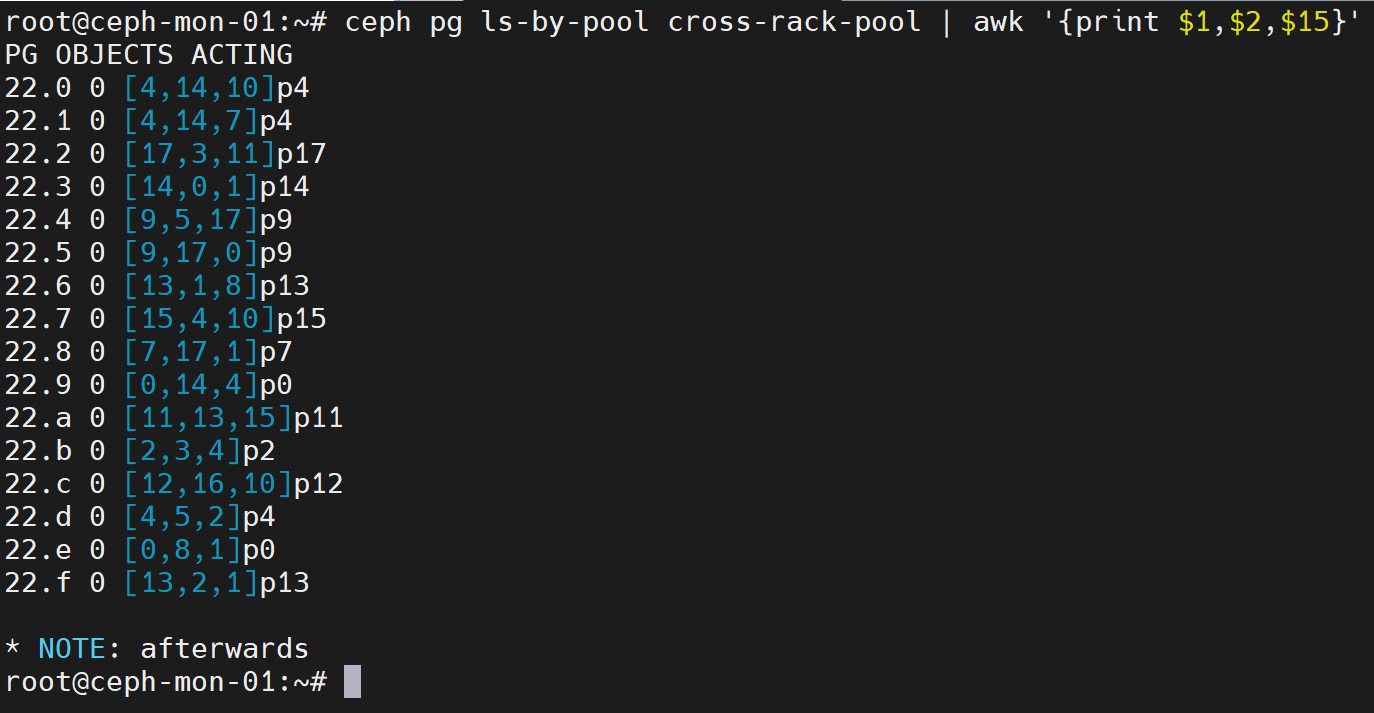
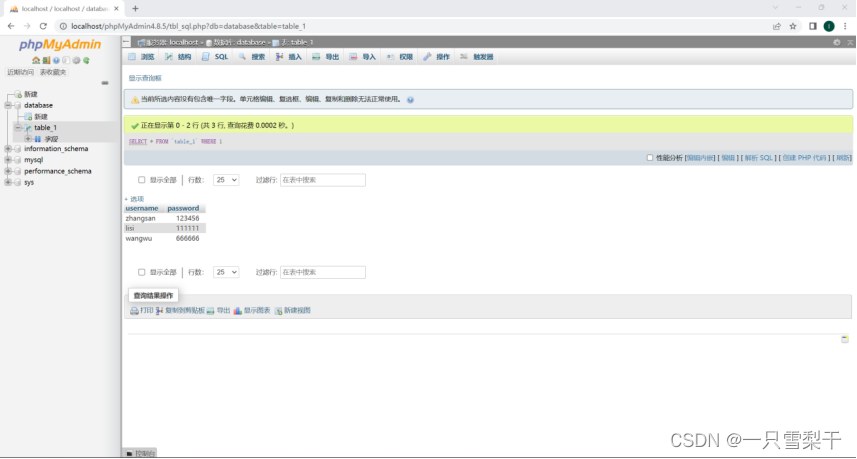

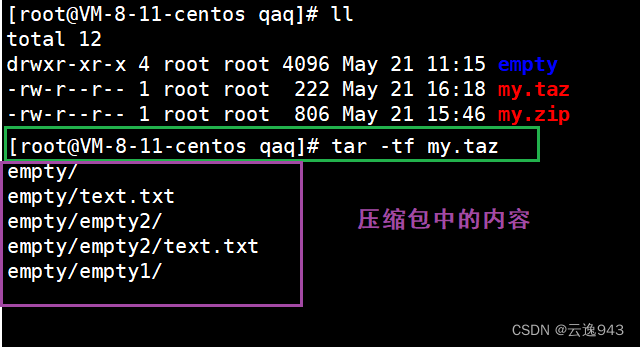
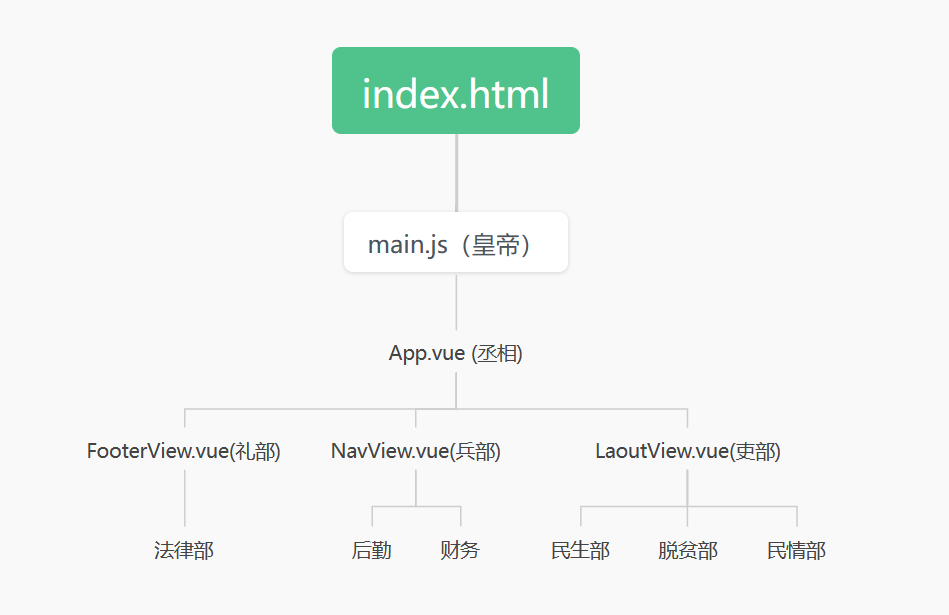
![[CTF/网络安全]攻防世界unserialize3解题详析及php序列化反序列化实例讲解](https://img-blog.csdnimg.cn/1ed2328e9f68418d91a7228a4a2d87e6.png)

